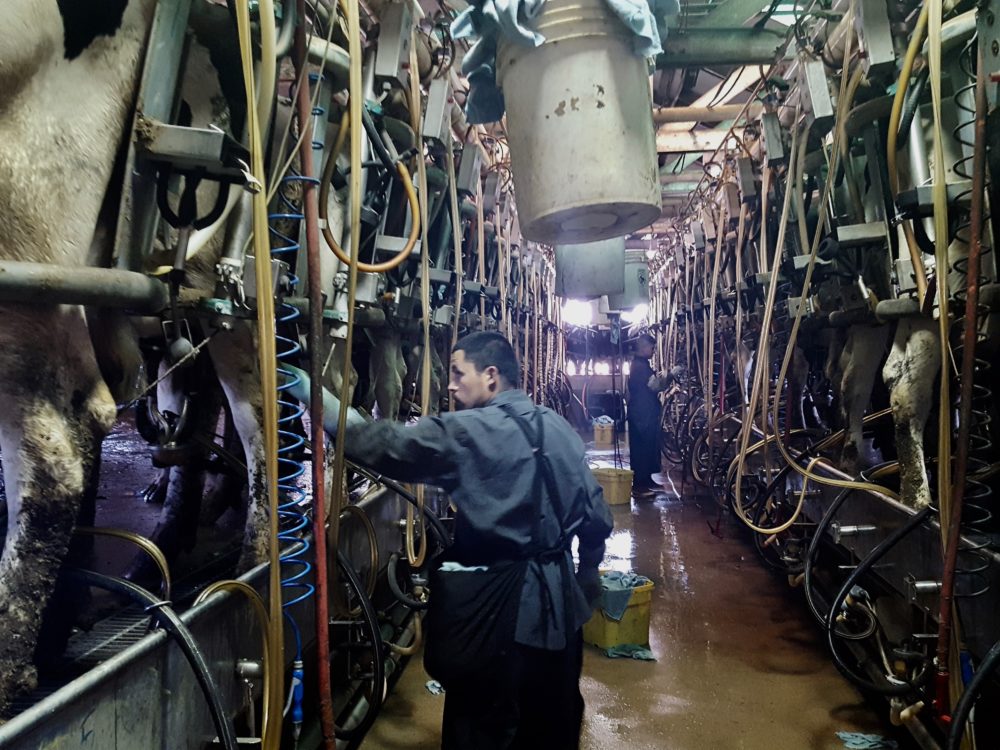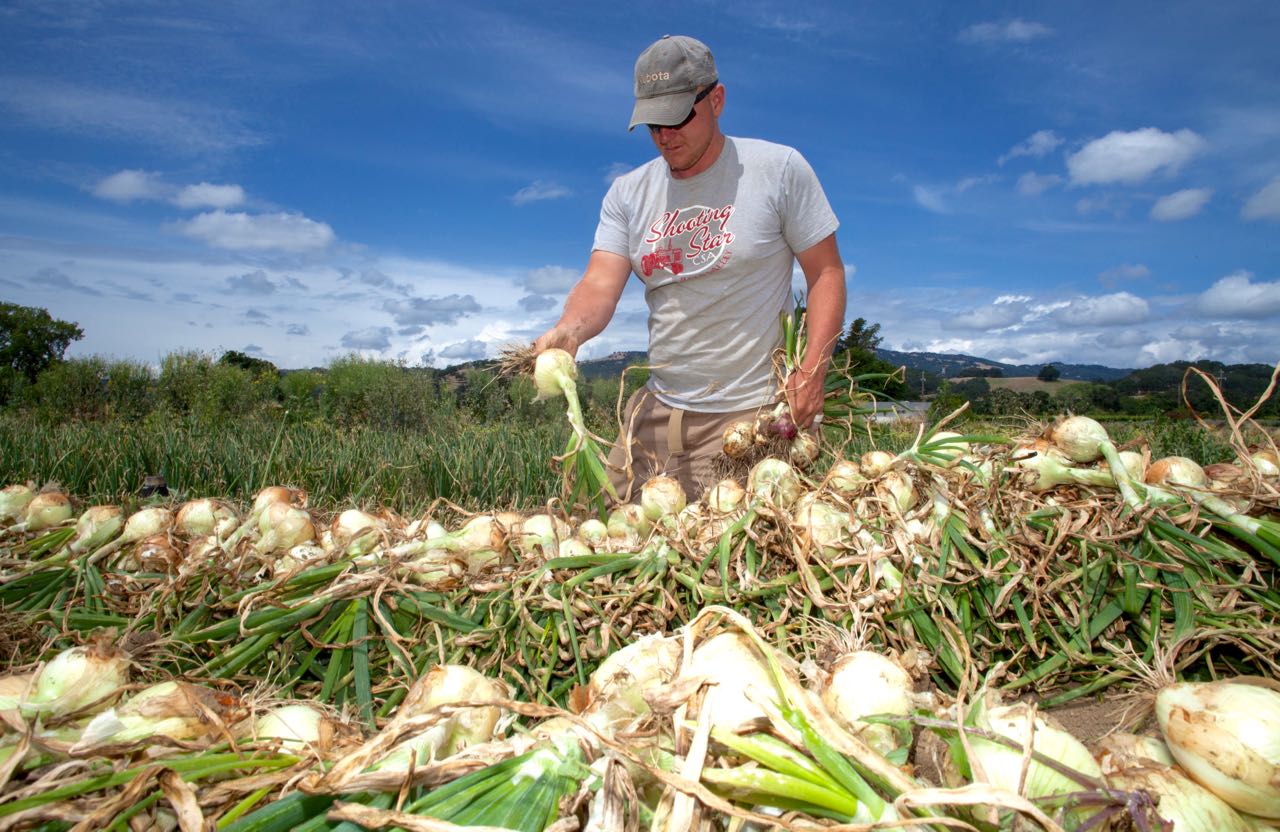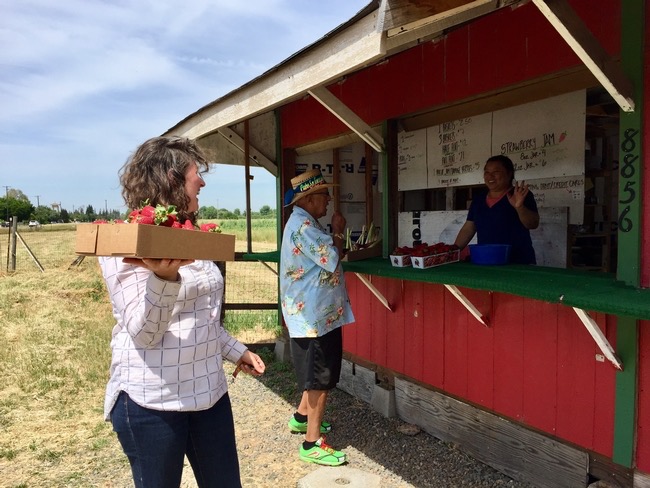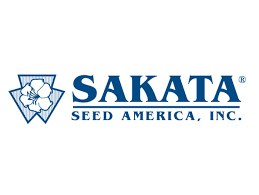USDA to Help Dairy Producers with Big Purchase
COVID-19 Crisis
Families First Coronavirus Response Act To $3 Billion in Commodities, Including Fresh Milk
On Tuesday, USDA’s Agricultural Marketing Service (AMS) hosted a webinar on the new Coronavirus Food Assistance Program (CFAP) USDA Purchase & Distribution Program, also known as the “food boxes” distribution program. The webinar will be posted to the page by the end of the week, and USDA AMS will host a second webinar in the very near future.
Last Friday, USDA announced that it is exercising authority under the Families First Coronavirus Response Act to purchase and distribute up to $3 billion of agricultural products to those in need. USDA will partner with regional and local distributors, whose workforce has been significantly impacted by the closure of many restaurants, hotels, and other food service entities, to purchase $3 billion in fresh produce, dairy, and meat products. USDA AMS will procure an estimated $100 million per month in fresh fruits and vegetables, $100 million per month in a variety of dairy products and $100 million per month in meat products to provide boxes of fresh produce, dairy, and meat products to food banks and other non-profits serving Americans in need.
USDA will issue a solicitation within one week to invite proposals from offerors to supply commodity boxes to non-profit organizations, identified by the offeror, on a mutually agreeable, recurring schedule. USDA will award contracts for the purchase of the agricultural products, the assembly of commodity boxes and delivery to identified non-profit organizations that can receive, store and distribute food items.
In addition to the summary of the program above, IDFA would like to share our notes from today’s call with USDA AMS. For questions about the program, please reach out to Cary Frye, senior vice president of regulatory affairs, at cfrye@idfa.org, or email coronavirus@idfa.org.
- The Coronavirus Food Assistance Program (CFAP) USDA Purchase & Distribution Program is a new program that will operate with a new set of guidelines. USDA AMS will administer the program, rather than state-based agencies. USDA is encouraging anyone with an interest to view the web page, https://www.ams.usda.gov/selling-food-to-usda/usda-food-box-distribution-program, or email USDAFoodBoxDistributionProgram@USDA.Gov.
- Those submitting proposals will need to review all requirements carefully. Once USDA reviews proposals, awards will be posted to the USDA Web-Based Supply Chain Management (WBSCM) page at https://www.ams.usda.gov/selling-food/wbscm.
- The new concept for this program is that contractors will supply a pre-approved portfolio of commodities to non-profit 501(c)(3) entities. The contractors will be solely responsible for establishing a network of recipients that can distribute USDA-procured foods to end users. The contractors are responsible for all supply chain and logistics and activities necessary to ensure boxes are distributed to persons in need in the United States.
- Those who submit proposals must have a good understanding about what foods are in demand by the non-profit, what quantities may be distributed by the non-profit, and preferred packaging of individual food items. Container and packaging sizes and types is not an issue as long as the non-profit can handle them; however, the distributor must know in advance which sizes/types the non-profit can handle.
- All food products must be 100% U.S. origin, meaning the products were grown and processed in the United States. USDA AMS will release a list of the pre-approved foods. According to today’s webinar, a broad array of food items will be included in the solicitation, but food items must fall within six box categories:
- Box 1: Fresh Produce
- Box 2: Variety of Dairy Products
- Box 3: Pre-Cooked Chicken and Pork Products
- Box 4: Fresh Fluid Milk (can be included in Dairy Variety box or by itself)
- Box 5: Any combination of 1-3, above
- USDA AMS mentioned that some products are priority, including fresh fluid milk, instant and UHT milk, natural and processed cheese, yogurt, and butter. Other traits that will determine priority, more generally, include product variety, shelf-life, value, and packaging size. Products can be retail or food service items based on the need and ability of the non-profit to handle.
- Awards will be distributed among seven geographic regions across the United States. Distributors may submit proposals for business in more than one region.
- The important dates to remember: Acquisition – the request for solicitation will be released on April 24, 2020
- Due Date – the due date for proposals is May 1, 2020
- Award – awards will be announced on May 8, 2020
- Delivery – delivery of boxes will stretch across four date ranges:beginning May 15 – June 30
- July 1 – August 31
- September 1 – October 31
- November 1 – December 31
In addition to this new program, USDA will continue to solicit bids for food and commodity purchases, including dairy products, through the traditional Section 32 program, inclusive of Emergency Food Assistance Program (TEFAP) and trade mitigation. Participants must be an approved AMS vendor to participate in the traditional Section 32 program. Please learn more here: https://www.ams.usda.gov/selling-food/becoming-approved. To that point, yesterday, USDA announced bid solicitations for procurement of Process Cheese, Butter, and Cheddar Cheese Shreds. The deadline to submit bids for this solicitation is Monday, April 27 at 1:00 p.m. CT / 2 p.m. ET.
IDFA will continue to follow the new Coronavirus Food Assistance Purchase & Distribution Program as well as the traditional Section 32 program, and we will share solicitations and bid opportunities as they become available.



















